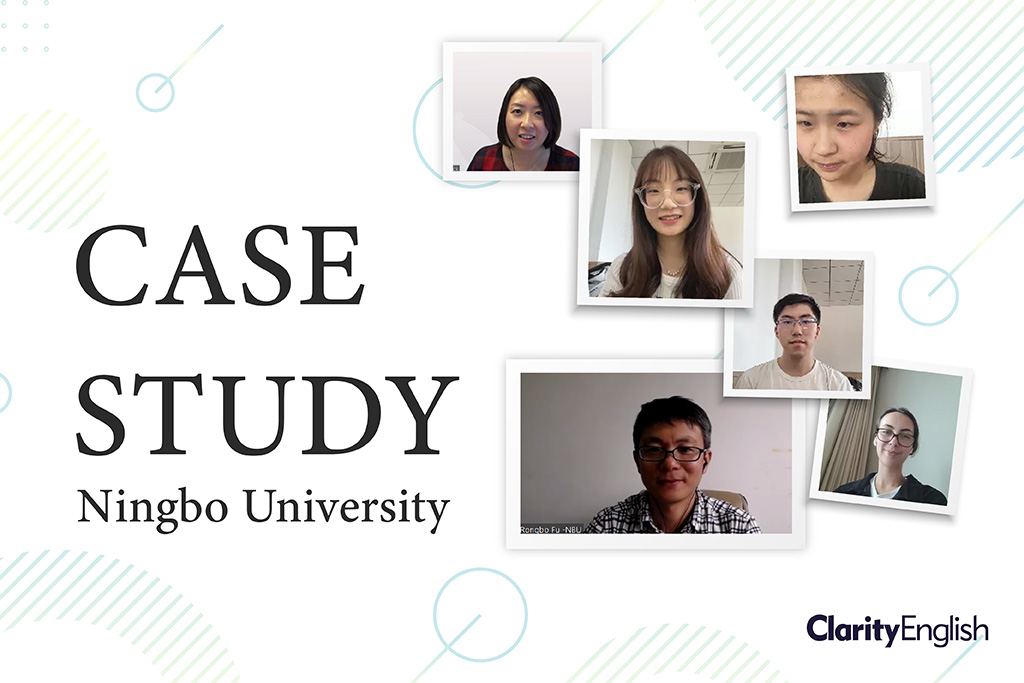Background
Ningbo University in eastern China is ranked in the top 10% of universities in China. The Faculty of Foreign languages has 350 English majors who use Clear Pronunciation 1 and Clear Pronunciation 2.
They have:
– 250 Licences of CP1
– 250 Licences of CP2
Between September 2021 to September 2022, they used:
– 1,913 sessions of CP1
– 1,041 sessions of CP2
– 42,020 exercise count of CP1 and CP2
All first year students in the English department of Ningbo University have to pass a module called English Pronunciation. The aim of this module is to improve the clarity and intelligibility of students’ spoken English. In the final exam, students have to read aloud a list of sounds, words, sentences and paragraphs and are assessed on their accuracy. This exam paired with daily performance assessment makes up the final grade. This course has traditionally been taught using textbooks with detailed descriptions of phonetics and pronunciation theory. Last year, the department introduced the digital resources CP1 and CP2 into the curriculum. The programs were used in two ways: in class and at home.
In class
In class, CP1 and CP2 were used as supplementary tools to the university’s textbook pronunciation instruction. Each class began with an introduction to the sounds from CP1 followed by the theory of pronunciation and in class practice. Any activities students did not finish in class they would have to complete at home for homework.
At home
CP1 and CP2 became useful tools to use at home for two main reasons. One was to encourage self study. The program was assigned for independent learning and practice. The teacher would assign a number of units or exercises for the students to complete as homework before the next week and they would use class time to go over any difficulties the students came across.
Secondly, as both CP programs are attached to the Admin Panel (the administrative platform included with all Clarity programs), teachers could track students’ usage and progress through the program. This way, they could use CP and their ‘informal’ daily assessment, instead of just class participation and this would contribute to the final grade of the module.
Results
By adopting CP as part of their curriculum, teachers and administrators had more flexibility in what and how they could teach. CP was instrumental in making sure students had a detailed and useful resource outside of class, so class time could be used to focus on the content that needed face-to-face attention. Furthermore, they could track student progress, checking on those who were not keeping up as well as those who were pushing ahead of the class.
Reviews
Here are three stand-out features the students highlighted:
– Close up videos. Instead of just reading about how to position your lips and tongue from a textbook, having a close up of an accurate model was extremely helpful and made imitation much easier.
– Design. The user interface of the program was ‘very clear and beautiful’. It made them enjoy using the program and keen to go back.
– Range of accents. The students appreciated being able to listen to a range of different English speakers and the opportunity to listen to accents from around the world. It made the program more interesting to work through.
Ningbo University English department continues to use CP1 and CP2 in their curriculum, and we are looking forward to receiving more feedback from them in the near future.

